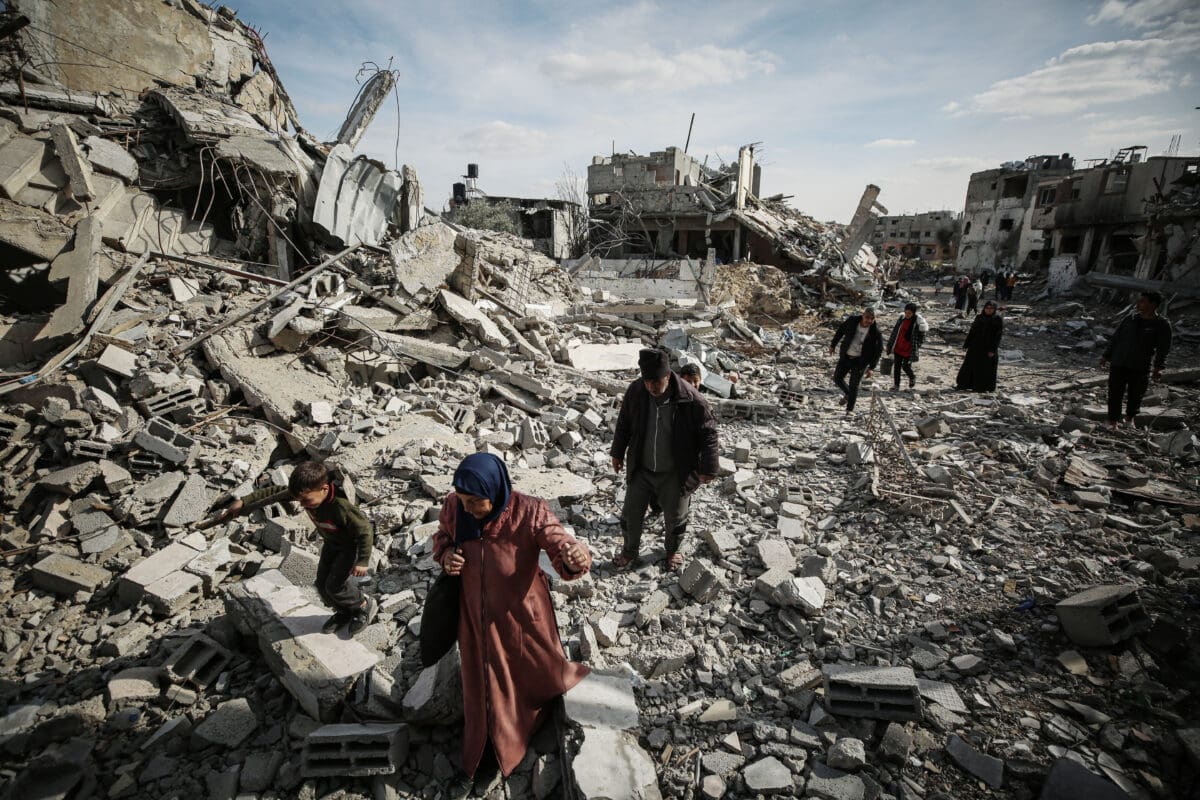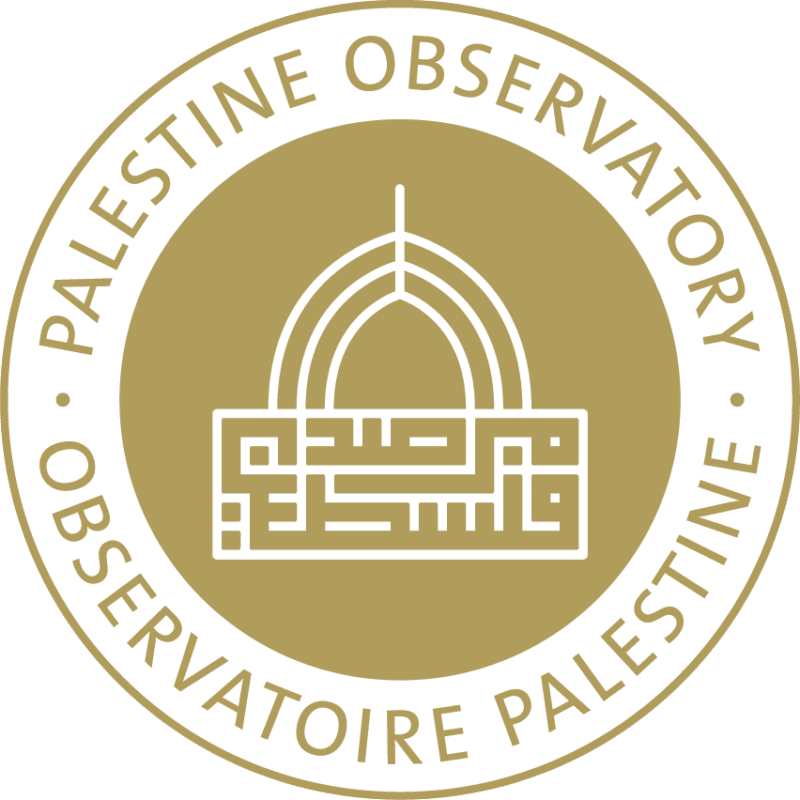Retaliatory Settlement Operations and the Impact on the Palestinian Economy in the West Bank

January 21, 2025
On the final day before the ceasefire agreement in the Gaza Strip alone, the Israeli occupation forces killed 60 Palestinians in Gaza, 2 Palestinians in the West Bank, and wounded 348 others. During the monitored period from January 14-20, 2025, the Media Observatory of the Organization of Islamic Cooperation (OIC) for Israel’s crimes against the Palestinians documented the murder of 466 Palestinians by the Israeli occupation and the wounding of 1,470 others. The bodies of 62 Palestinians were recovered as a result of the Israeli aggression on Gaza Strip. The total number of Palestinians murdered from October 7, 2023, to January 20, 2025, reached 47,896, with 117,791 others wounded.
During this period, the Israeli occupation aircraft raided the vicinity of Al-Farouq Mosque in Jabalia and Deir al-Balah, bombed civilian targets in the Tuffah neighborhood, besieged the Indonesian hospital, booby-trapped and blew up houses in Rafah, bombed the Nuseirat camp, assassinated journalists Ahmed Abu al-Rus and Ahlam al-Taluli, and wounded journalist Bashir Abu Shaar.
The Observatory also documented the severe flooding of displaced person’s tents in the Gaza Strip due to heavy rains, with the Khan Yunis Municipality issuing warning about environmental and health disaster.
On January 15, 2025, the occupation forces demanded that the Palestinians in “Block D5 in Jabalia al-Balad” evacuate it, hours before the ceasefire agreement was concluded. The Jabalia al-Balad was inhabited by 200,000 Palestinians before the Israeli aggression on the Gaza Strip.
In the West Bank and occupied Al-Quds, the occupation forces arrested 169 Palestinians in one week, killed 15 others, demolished a house in Al-Quds, bombed and blew up two houses in Jenin camp, burned another, and destroyed another house in Qalqilya.
In terms of striking the Palestinian economic nerve, the occupation forces demolished a carpentry shop, a restaurant, and an aluminum shop in Al-Quds, demolished four shops in Jenin and Qalqilya, and demolished and burned four agricultural facilities in Qalqilya, Ramallah, and Bethlehem. They also bulldozed agricultural lands in Tubas, Nablus, and Salfit, and filled in two artesian wells in Jenin.
During the mentioned period, the occupation forces confiscated 7.5 dunums of Palestinian land in the Al-Haraiq area of the village of Husan, adjacent to the “Beitar Illit” settlement, and confiscated a cement mixer and pump in Salfit. Settlement activities reached three activities over the past week, during which settlers bulldozed lands in the Khirbet Humsa area in the northern Jordan Valley, and in the village of Naqoura in Nablus to expand and establish settlement outposts and a park. The Israeli occupation forces also began paving a 5 km settlement road in Palestinian agricultural lands in the village of Al-Jab’a, connecting to the villages of Wadi Fukin and Husan.
In terms of attacks on the education sector, the Israeli occupation forces fired tear gas canisters at Al-Khader Girls’ Elementary School during their storming of the town of Al-Khader and surrounded the school, forcing its administration to evacuate its students. Settlers also stormed Al-Ka’abneh Elementary School and toured its courtyards in the Al-Mu’arjat area northwest of the city of Jericho.
During that period, the OIC Observatory also documented 72 settler attacks that reached their peak on the eve of and after the conclusion of the ceasefire agreement in the Gaza Strip. Most of them were characterized by acts of revenge, such as settlers burning vehicles, assaulting and vandalizing others on the Ramallah-Nablus road and in the town of Sinjil. They also set fire to a vehicle, a house, and farmers’ lands in the villages of Nablus and Ramallah, and burned a bulldozer in Tulkarm. Settlers also assaulted many Palestinians in various villages in the West Bank, cut down 300 olive trees and seedlings, and broke the branches of 50 trees in Bethlehem, Salfit, Ramallah, and other trees in Nablus. They bulldozed agricultural lands under the pretext of vandalism in Ramallah and Jericho, released their livestock to graze on Palestinian lands in Ramallah, and burned agricultural lands in Qalqilya.
As for the looting that the settlers are usually known for, they stole three donkeys in the village of Al-Minya, 53 sheep from the Arab Al-Malihat community in Jericho, and a locomotive in the village of Jourat Al-Sham’a in Bethlehem. This brought the total number of Israeli crimes over the seven day period to 3063 crimes in various Palestinian areas.
